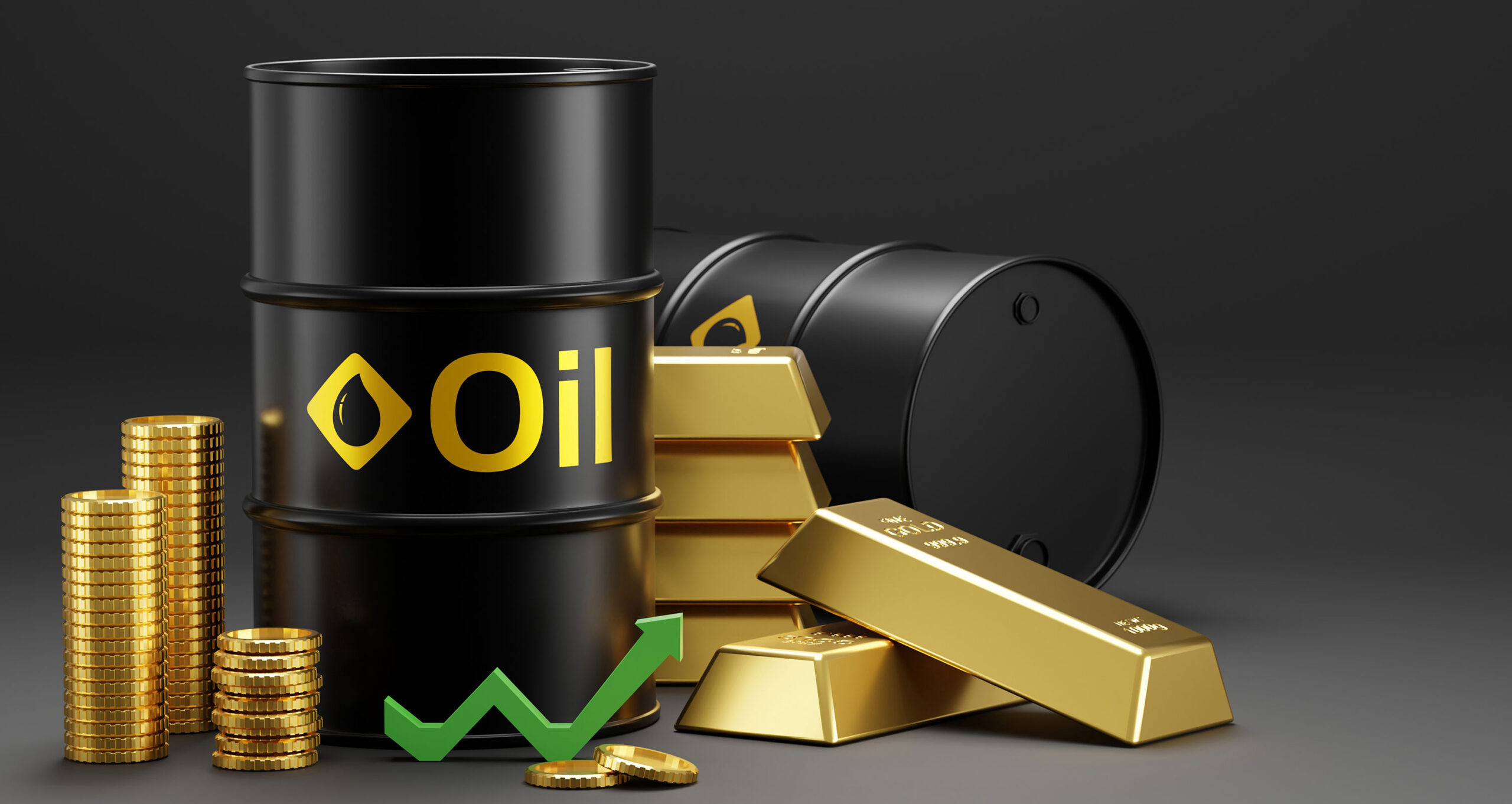
Is the Market Entering a Commodities Supercycle?
Commodity prices have been pointed sharply upward in 2021 so far, with surges in demand helping fuel this trend.
This trajectory has continued virtually unabated over the first few months of the year leading many to question whether we are entering a commodities supercycle.
Under ordinary market forces, a cycle will see increasing demand helping drive up prices. As such, the supply of assets, in this case commodities also increases in parallel to match demand.
In doing so, this helps temper prices, effectively stabilizing this mechanism. However, in a supercycle, the supply cannot properly satiate the growth in demand, leading to a rise in prices over a longer interval.
2021 Snapshot
The big winners of 2021 have been commodities, but not the most conventional assets. Precious metals such as gold and silver have taken a step back in recent months.
In this place, industrials such as steel, aluminum, lithium, and other commodities have exploded to multi-year highs.
This can be explained by the re-opening of the global economy on a macro scale, namely in the United States and China. These two economies constitute a sizable portion of global industry.
The distribution of vaccinations has helped individuals get back to work, which is underscored by improving employment data in developed economies.
Increased manufacturing means more demand for commodities such as copper, iron, steel, aluminum, etc. This trend was on full display during the 1970s and early 2000s.
Impact of Oil
Spiking oil prices have been at the heart of nearly all commodities supercycles. Markets saw record high oil prices in the 1970s as well as 2008, which correlated to the explosion of other commodities prices in parallel.
Fast forward to today, and the oil market seems to take a more similar contour to highlight all the makings of a supercycle.
After bottoming out last year during the depths of the pandemic, crude oil has rebounded as of late and still sits below $63.0 at the time of writing, a yearly high.
Markets are already worrying about the impact of inflation, positioning oil as a solid beneficiary and likely culprit to move higher in 2021 and beyond.
Any such rise in oil prices could see more demand for investment in this space as well. Spare production capacity among OPEC countries has also surged and is at decade-long highs.
Going Green
March saw the preliminary unveiling of the next big legislative package in the United States, this time focusing on infrastructure.
Such an investment, currently pegged at over $2.0 trillion, would be a massive windfall to commodities, with bridges and most upgrades requiring steel, iron, and other such components.
Markets have already reacted as such, with steel companies being a major winner in Q1 2021. Another key aspect of this package is an emphasis on green technology and electronic vehicles (EVs).
This push is not relegated to only the US, with many other countries pushing for EVs and renewables. This positions commodities such as silver and copper, each of which are essential to solar or EVs.
In particular, global copper demand could surge as a result of clean power and transport sectors, each of which are slated for sizable investments moving forward.
Conclusion
All of these factors are pointing to a surge in commodity prices though do not guarantee a supercycle. The specter of rising inflation and a faster than expected re-opening of economies could certainly push the market towards a supercycle.
One factor that could derail this trend would be a returning outbreak of Covid that shackles economies and stymies much of this demand.
The passage of the US infrastructure bill anywhere near its present size of $2.0 trillion would be the best bet yet for a supercycle.
Markets and analysts will continue to monitor employment data and industrial indicators in the US, Europe, and China in coming months.
This trajectory has continued virtually unabated over the first few months of the year leading many to question whether we are entering a commodities supercycle.
Under ordinary market forces, a cycle will see increasing demand helping drive up prices. As such, the supply of assets, in this case commodities also increases in parallel to match demand.
In doing so, this helps temper prices, effectively stabilizing this mechanism. However, in a supercycle, the supply cannot properly satiate the growth in demand, leading to a rise in prices over a longer interval.
2021 Snapshot
The big winners of 2021 have been commodities, but not the most conventional assets. Precious metals such as gold and silver have taken a step back in recent months.In this place, industrials such as steel, aluminum, lithium, and other commodities have exploded to multi-year highs.
This can be explained by the re-opening of the global economy on a macro scale, namely in the United States and China. These two economies constitute a sizable portion of global industry.The distribution of vaccinations has helped individuals get back to work, which is underscored by improving employment data in developed economies.Increased manufacturing means more demand for commodities such as copper, iron, steel, aluminum, etc. This trend was on full display during the 1970s and early 2000s.
Impact of Oil
Spiking oil prices have been at the heart of nearly all commodities supercycles. Markets saw record high oil prices in the 1970s as well as 2008, which correlated to the explosion of other commodities prices in parallel.
Fast forward to today, and the oil market seems to take a more similar contour to highlight all the makings of a supercycle.
After bottoming out last year during the depths of the pandemic, crude oil has rebounded as of late and still sits below $63.0 at the time of writing, a yearly high.
Markets are already worrying about the impact of inflation, positioning oil as a solid beneficiary and likely culprit to move higher in 2021 and beyond.Any such rise in oil prices could see more demand for investment in this space as well. Spare production capacity among OPEC countries has also surged and is at decade-long highs.
Going Green
March saw the preliminary unveiling of the next big legislative package in the United States, this time focusing on infrastructure.Such an investment, currently pegged at over $2.0 trillion, would be a massive windfall to commodities, with bridges and most upgrades requiring steel, iron, and other such components.
Markets have already reacted as such, with steel companies being a major winner in Q1 2021. Another key aspect of this package is an emphasis on green technology and electronic vehicles (EVs).This push is not relegated to only the US, with many other countries pushing for EVs and renewables. This positions commodities such as silver and copper, each of which are essential to solar or EVs.In particular, global copper demand could surge as a result of clean power and transport sectors, each of which are slated for sizable investments moving forward.
Conclusion
All of these factors are pointing to a surge in commodity prices though do not guarantee a supercycle. The specter of rising inflation and a faster than expected re-opening of economies could certainly push the market towards a supercycle.One factor that could derail this trend would be a returning outbreak of Covid that shackles economies and stymies much of this demand.The passage of the US infrastructure bill anywhere near its present size of $2.0 trillion would be the best bet yet for a supercycle.
Markets and analysts will continue to monitor employment data and industrial indicators in the US, Europe, and China in coming months.

